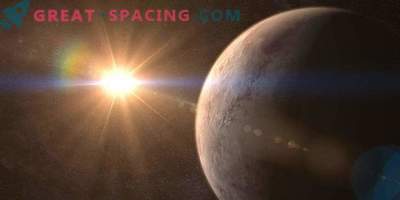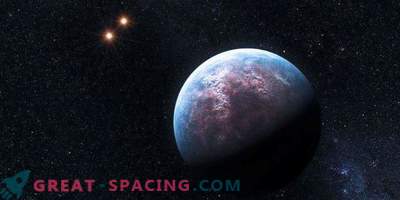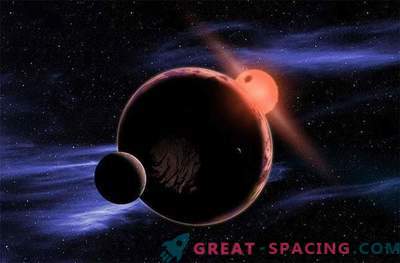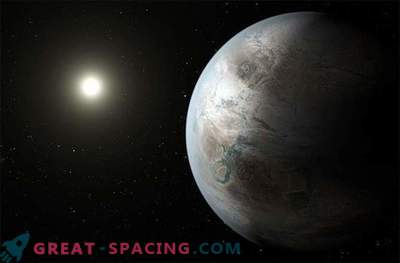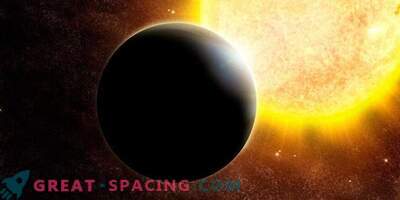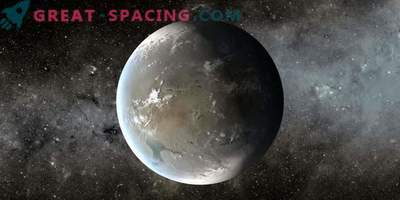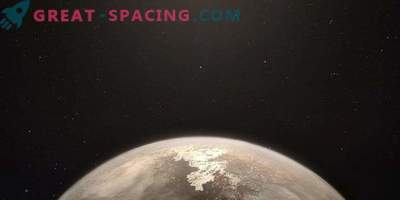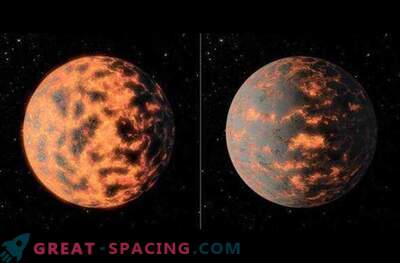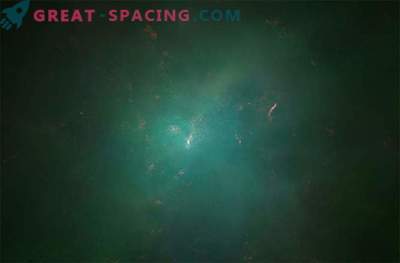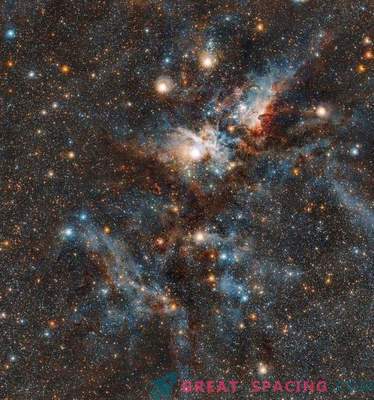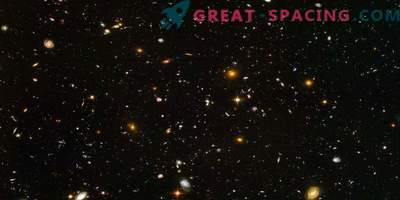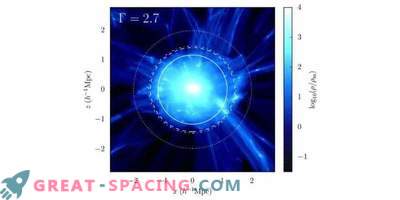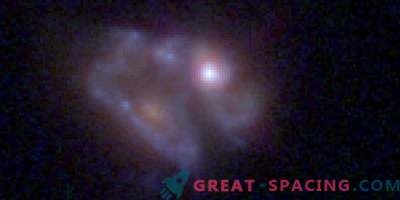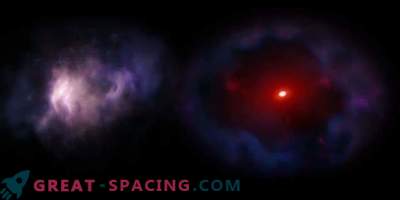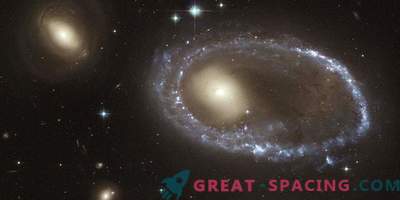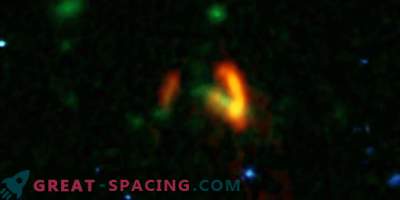
On January 6, 2015, the Kepler mission found a new planet around the lonely red dwarf Kepler-438, located in the direction of the Lyra constellation. The planet was called Kepler-438 b, and its distance from the Sun is 470 light years.
This is a terrestrial planet with a rocky surface. The radius of the earth exceeds 1.12 times (12% larger than the Earth), but the mass is still unknown. It has relatively comfortable temperature conditions of the surface - 3 ° C.
Exoplanet spends 35.2 days to rotate around a star. It is believed that the proximity to the red dwarf created a tidal block, where the planet is constantly turned by one side. It is suspected that a satellite rotates nearby, the mass of which is 29% of the planetary one.
Comparison of the size of the Earth, Kepler-438b and some other earth-like exoplanets Because of these characteristics, the planet resembles ours. Its index of similarity with the Earth reaches 0.9 (maximum - 1), and the level of fitness for life is 0.88!
Researchers believe that this world has suitable conditions for life, as it is in the zone of habitability of the star. Only the activity of the red dwarf is alarming. Some analyzes indicate that every 100 days the planet receives a huge dose of stellar radiation activity (more powerful than solar flares).
But there is hope for the presence of the ocean, in the depths of which organisms can develop. There is also an option with subsurface life. We will get the answers with further research into a more powerful technique, like the James Webb space telescope.




